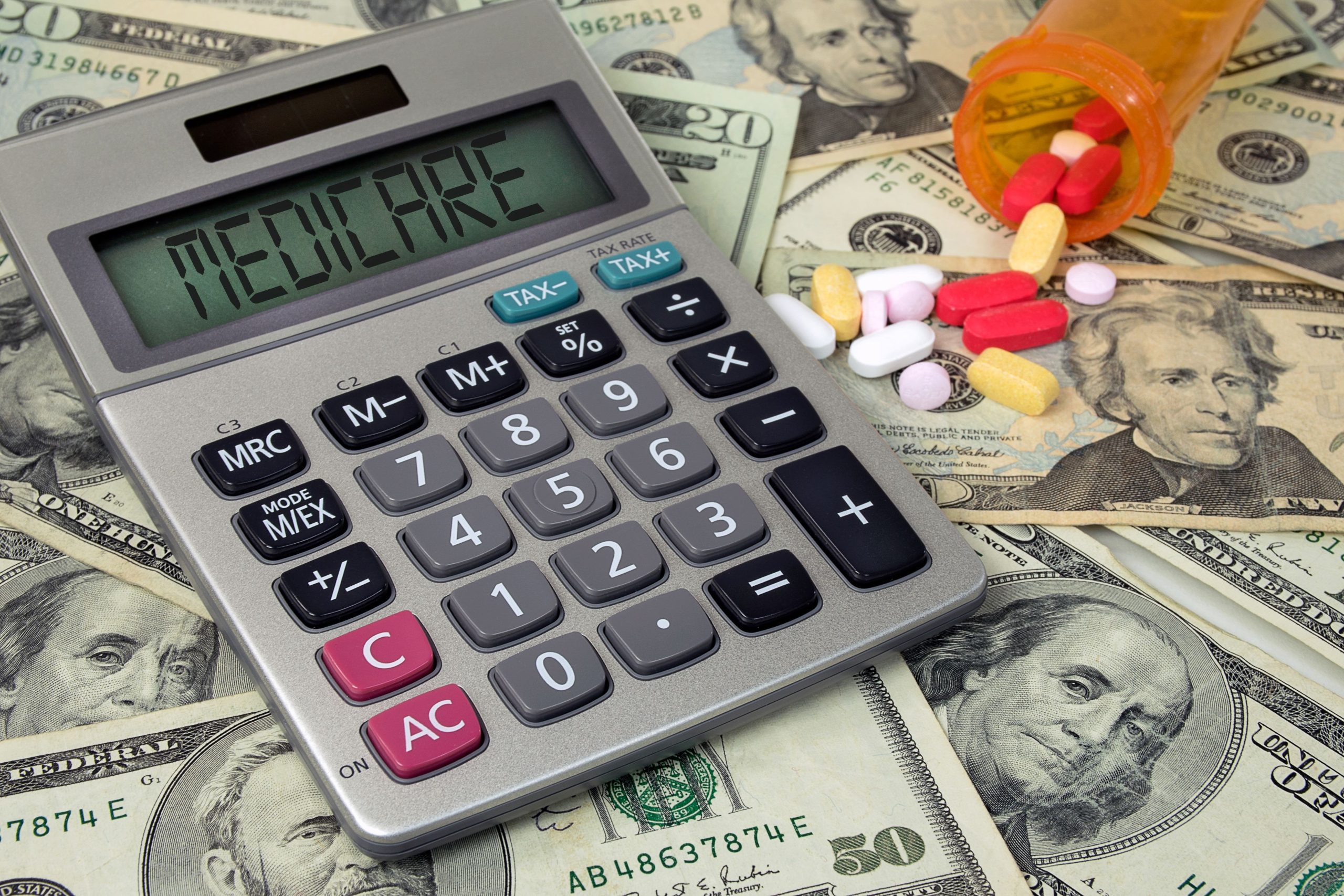Sticker shock no longer means just to the cost of a new car. It also applies to sharply higher car insurance premiums.
If you have received a “premium due” notice from your insurance company recently, you may have done a double take when looking at the size of the increase.
Nationally, premiums have soared by about 50 percent over the past three years. It jumped by 16 percent in September alone compared to a year earlier. Some of it is because of general inflation that affects just about all consumer goods and services, but mostly, it’s due to specific car-related costs. The biggest factors are:
- Motor vehicles are far more expensive to repair or replace than they used to be
- The number of accidents is on the rise
- Weather-related claims are way up
- The rate of car thefts is higher
Auto Inflation
According to the car buying service Edmunds, the average new car cost a whopping $47,612 in October, up almost $10,000 from the pre-pandemic cost in October 2019. The increase is significantly higher than the overall rate of inflation.
That means the insurance company is on the hook for a lot of money if your vehicle is totaled in an accident.
In addition, many autos come equipped with the latest bells and whistles, everything from safety features such as dynamic cruise control and blind spot warnings to upgraded sound systems and air purifiers.
There are also more electric and hybrid vehicles on the road than ever before, and they can be more expensive to buy and repair.
More Costly Claims
Accidents are on the rise, too, partly because so many drivers are glancing down at their phones far too often or fiddling with an increasingly complex console that includes GPS, music, access to your phone, and more.
Insurance companies have been particularly hard hit by weather-related events, especially Hurricanes Helene and Milton, which damaged or flooded tens of thousands of vehicles.
Due to the severity of these disasters, there has also been an increase in damaging hail storms, tornadoes, and wildfires, mainly across Southern and Western states. Insurers often site these high-cost events when seeking large premium increases.
While homeowners’ policies often exclude floods, auto policies generally cover water and wind damage.
Vehicle thefts have been on the rise since the start of the pandemic nearly five years ago. Thieves are often interested in car parts, particularly the catalytic converter.
All these factors really add up. In fact, the New York Times recently reported that some families, especially those with teenage drivers, expensive cars, and less-than-stellar driving records, are being hit with auto insurance premiums of $20,000 a year.
Young drivers, those between the ages of 15 and 20, represent just 5 percent of all drivers on the road. But they account for more than 8 percent of fatal crashes. Young drivers, especially young men, are also far more likely to get caught speeding, which can significantly add to your premiums.
Yet another factor is the rising cost of medical care, which means higher payouts for injuries caused by accidents.
How to Lower Your Premiums
There are several ways that drivers can reduce their auto insurance policies, even though some involve taking added financial risk.
The easiest way to save money on auto insurance might be as simple as shopping around. Prices can vary a lot from one company to the next. Your insurer may have been the best for you when you chose them several years ago, but your circumstances and their rates may have changed.
Getting an apples-to-apples comparison from one company to the next is not always easy, but it’s worth trying.
Bundling your policies by placing your home or renter’s insurance with the same company that covers your car often provides a discount. Also, some companies offer promotional rates to new customers.
Under the easier-said-than-done advice category, avoid traffic violations and accidents. You might qualify for a safe driver discount and avoid premium surcharges for unsafe drivers.
Other ideas:
• Limit optional coverages such as collision on older model cars that have lost much of their sale value
• Improve your credit score, as that is one factor in determining your risk
• You may be eligible for a discount if you drive fewer miles than you used to, perhaps because you work from home.
• Some insurers give discounts for safety features
• Some insurers give discounts to students who get good grades
• Some insurers give discounts if you let them track your driving habits (although that can be a bit too invasive for some people)
The two changes you can make to get the most significant dollar reduction are raising your deductible and/or reducing the type of coverage you have, but there are significant risks to both.
By raising the deductible, you will have to pay more out of pocket when you make a covered claim. For example, if you now have a $500 deductible, that’s how much of a costly repair you’ll have to pay before the insurance actually kicks in. If you raise it to $1,000, your premium will drop, but now you’re on the hook for twice as much. Make sure you have enough money in the emergency reserve to cover that.
Most analysts suggest that drivers have uninsured/underinsured protection. It’s legal to drop it in most states, but that could leave you financially vulnerable in a serious accident, especially if there are injuries.
Which Insurance Companies Are the Best?
Geico is the cheapest of the large auto insurance companies, if you have a good driving record, according to a new analysis by NerdWallet.
The report says State Farm is the cheapest if you have a speeding ticket on your record. It is also good for younger drivers and families. Progressive offers competitive rates to people with less than perfect driving records, and Nationwide offers discounts for accident-free drivers and those who take defensive driving courses.
USAA is highly ranked, but not everyone is eligible to get it.
How Much Insurance Is Enough?
Finally, how much insurance do you need?
Determine your net worth to ensure you have enough coverage in case you are sued for injuries and property damage you cause that exceed your coverage limits.
As NerdWallet notes, car insurance is there to protect your financial security. Get enough insurance to cover the full cost of an accident, without putting your home and other assets at risk.



